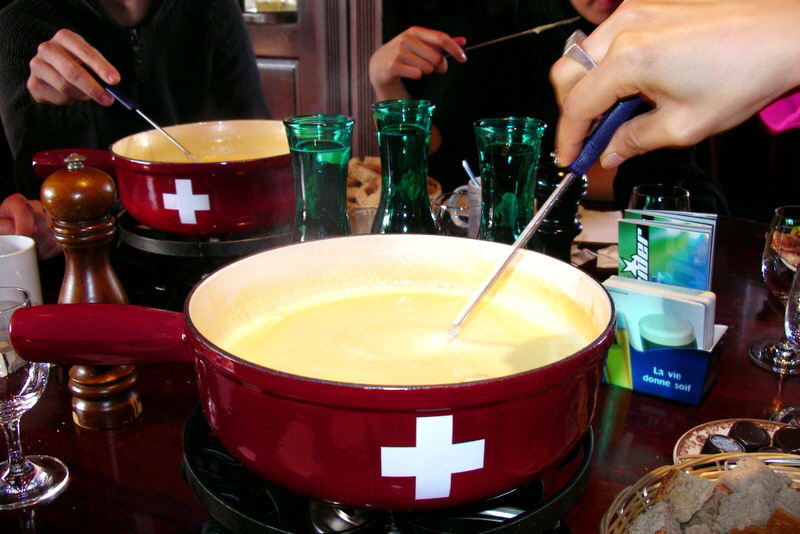The term ‘Fondu’ in ballet means melted. Think of a fondue meal with melted cheese. Fondu in ballet is the melting or bending of the supporting leg with coordination.
At the barre, dancers do an exercise called battement fondu. This is the bending and stretching of the supporting leg while coordinating with the bending and straightening of the working leg.
The working leg peels off the floor through the foot to Sur le cou-de-pied, and then it extends either to the front, side or back. The working leg could finish on the floor (a terre) or in the air (en lair) either at 45 or 90 degrees. No matter how high the working leg goes, both legs must straighten smoothly and at the same moment.
Demonstration of a Battement Fondu in Ballet
Why Do We Do Battement Fondu in Ballet?
Fondu builds strength in your supporting side, and this is crucial to enable the dancer to control his or her turnout in jumps that land on one leg. It also works to improve the dancers’ coordination.
Tips On How To Get The Most Out Of Fondu
- Use resistance in the legs. Never collapse on the downward movement.
- Work both legs with equal turnout.
- Make sure that the supporting knee goes over the supporting toes on all the bends.
- Make sure the weight is distributed evenly over your supporting foot. Be aware of the alignment of the foot so that you don’t roll in at the ankle.
- Use the metatarsal on the floor before lifting the foot to the cou-de-pied. The toes should feel like a paintbrush on the floor.
- Do the battement fondu slowly feeling the use of all those muscles.
-
Do not lift the hip of your working leg. Whatever direction your legs go, the hips should stay immovable. Hold the hips square throughout and the core strong.
Battement fondu can also finish with the supporting leg in a fondu or a releve. Rond de Jambes, Fouettes, and Tombes can also appear in fondu combinations.

